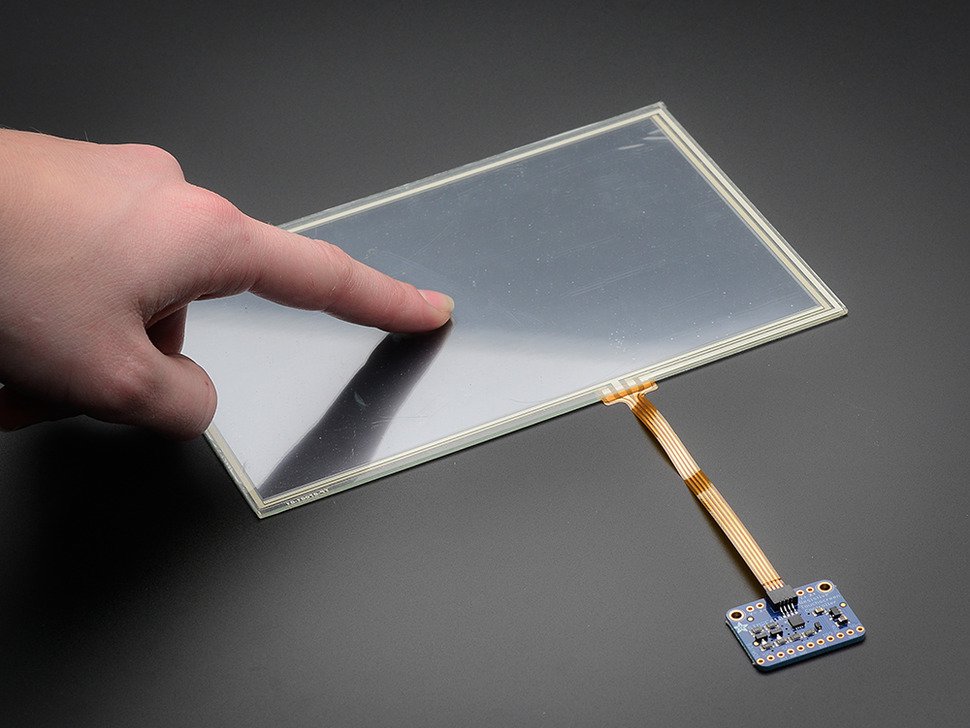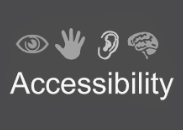Education is no more limited to writing the lessons on board and students copying it down in their notebooks. It has evolved to recreational sessions where different tools are used to interact and display information for students. The journey so far from blackboards to whiteboards, then projectors and now digital signage has positively transformed the significance of education. The interactive touch screen displays in classrooms offer a lot more informative sessions than what was delivered earlier in the classes.
Several factors like glaring sunlight entering the classroom through windows can affect the projection quality. Information on a whiteboard or projection can be difficult to see. A digital touch screen display almost always has an antiglare or antireflective surface treatment that diffuses the light and does not reflect it.
With the growing touch technology applications, children are getting smarter and are able to easily adapt to using such digital devices as smartphones and tablets. The technology, when used in education can translate conventional teaching into a fun way of knowledge sharing and learning. There are many different apps and educational games already available to serve this particular purpose. This new-age art of teaching has now been widely introduced and available to educators.
There are different types of touch screens available on the market, used by developers of digital signage to create interactive displays for classrooms. Based on the application that requires a light touch with excellent optical characteristics, SAW touch screens became a popular choice for this application. Its construction includes a glass plate with no coatings that make it quite robust for educational applications. For a classroom of rambunctious children, SAW was one of the best selections, offering durable surfaces on touch screens. It can use a light glove or special stylus to operate, providing accurate, sensitive touch response.
Another option commonly used for this purpose is Projected Capacitive (PCAP) touch screens. Why PCAP is the preferred choice over other touch screens, is because of its multi-touch feature. It allows multiple people to use the screen in a group activity. Moreover, for operations, it requires a light touch activation with gesturing such as pinch, zoom, and rotate functionality.
A D Metro offers one of the best PCAP touch screen solutions that provide a high-quality glass on glass sensor construction, bundled with a discrete controller board for such interactive display applications. The controller offers USB-HID compatibility with major operating systems. A D Metro’s PCAP touch screen supports simplified product development and accelerated time to market. It allows user-friendly multi-touch (up to 10 points) operation.
Educational institutions are constantly evolving with the changing technological environment. They are trying to obtain the best tools to help educate the next generation. PCAP, SAW and other types of touch screen technologies available are making equipment used in the classroom optimised to make learning engaging and interactive.







